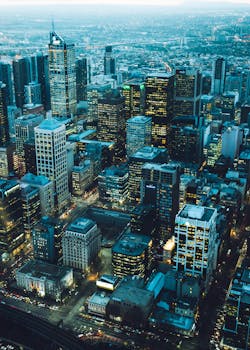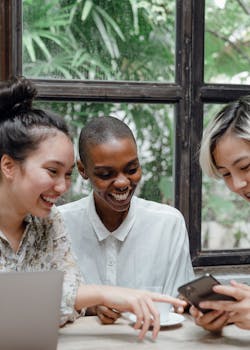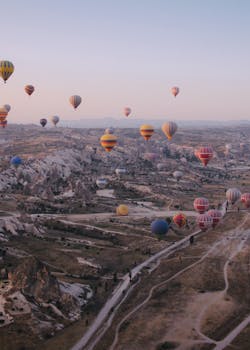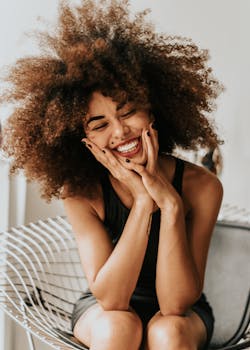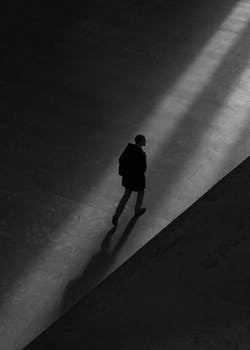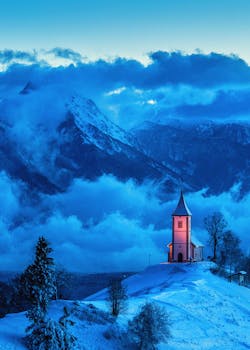
How Color Sets the Mood in Photography
Evoking a certain mood or emotion through color is key to the art of photography. To use color effectively in your photos, it’s important to understand how it impacts mood and perception.
In photography, people often view colors as either warm or cool. It’s true that photos tend to lean one way or the other, but color psychology is much more nuanced than that. To learn how color impacts mood in photography, it’s important to understand color theory, color psychology, and how to use that knowledge to your advantage.
Basics of Color Theory
Before you can use color to set the mood of a photo, you first need to understand it. Color theory is quite simple. Essentially, color theory is a collection of guidelines about how color should be used in art. Color has the job of effectively communicating the message of a piece of work visually and psychologically.
Much of color theory in modern times is based on Isaac Newton’s color wheel. The color wheel breaks down colors into primary colors (red, yellow, blue), secondary colors (colors created by mixing primary colors), and tertiary colors (mixing primary and secondary colors).
These colors can then be combined to form one of five main color schemes:
- Complementary (two colors that are directly opposite each other on the wheel),
- Analogous (at least two, but no more than five colors located next to each other on the color wheel),
- Split complementary (any color combined with the two colors on each side of its complement),
- Triadic (three colors that are equal distance from each other on the wheel), and
- Tetradic (two different sets of complementary pairs).
Why Color Psychology Matters
Color is used very strategically when it comes to work that is meant to persuade. If you eat at a restaurant, oftentimes you will find the color red. In color psychology, red is sometimes said to influence your emotions, making you feel hungry.
Red could also represent energy, intensity, anger, passion, love. Colors and emotions are linked, so it would be remiss not to consider the color scheme of your photos to help you communicate your message.
Let’s take a look at how different colors might impact the mood of a photograph. It’s important to note that people of different genders might experience different emotions based on the colors they’re viewing.
Cultural background, lived experience, and other personal factors can also influence color perception. This is just speaking in generalities based on some of the little research that has been done on color psychology.
Red
Red is a powerful color that can bring out a variety of emotions in people depending on how it’s used. Red tints or accents in an image can bring out excitement, passion, and energy, and can also trigger anger and other “negative” emotions. Red is a very warm color and can be a powerful tool for evoking emotions as well as symbolism in a photo.

Inspiring, peaceful, positive: emotions that this orange sunset might evoke.
Photo by TMS Sam · View Photo
Orange
Orange is another energetic color. Imagine how much energy comes from the sun, that big orange-yellow ball of fire up in the sky. Orange tends to feel a little softer than red, a color that exudes happiness but isn’t overwhelming.
Yellow
Yellow can represent many emotions, but typically, in moderation, it adds a level of vibrancy, spontaneity, and hope to an image.

Cool-toned green creates a feeling of peace in this forest snapshot.
Photo by Luis del Río · View Photo
Green
Green is one of the cooler colors. Green has the power to make a person feel grounded, secure, refreshed, and inspired. While green can be invigorating, it is also a very calming color depending on how it’s used.

Different shades of dark blue lend a mysterious feel to this landscape.
Photo by Aleksey Kuprikov · View Photo
Blue
Blue is often associated with a sense of calmness and safety. You can influence the mood of your photos by incorporating lighter or darker blues, depending on what you’re going for.

Editing to bring out the purple in this city street makes for a memorable shot.
Photo by Aleksandar Pasaric · View Photo
Purple
Adding purples and purple tints into your images can inspire a feeling of creativity or mystery. It can add a richness to your images, as well as a calming feeling depending on the hue.
The Difference Between Warm And Cool Colors
Warm and cool colors are just what they sound like: What do you think of when you think of warmth? Heat, sunshine. Warm colors are the reds, yellows, and oranges. If you take photos around golden hour, that nice golden glow is a warm color.
Cool colors are the opposite, encompassing the blues, purples, and greens. There are also neutral color schemes that typically have black, white, brown, or gray shades. Each of these color temperatures can have a major impact on the mood of your photograph.

Dark greens and blues create a wonderfully moody scene.
Photo by Pepe Caspers · View Photo
When creating a “moody” photograph, photographers typically lean towards cooler colors and into the darker neutrals. Cool colors can evoke a sense of wonder, stillness, and introspection. Cooler colors can relate to cooler weather, where you want to bundle up in a pile of blankets and retreat inside. Just like with yoga, cooler colors might be the Yin of yoga, the stillness, the feminine energies.
Warm photographs can inspire a sense of freedom, movement, and the feeling of physical warmth. Warm colors may also represent spontaneity and extroversion. Warmer moods could be associated with masculine energy, the warm Yang to the cooler Yin. Yin and Yang are all about balance, and so is creating a specific mood for your work.

Subtle pops of warm color in a cool-toned photo makes for a compelling effect.
Photo by Paul Volkmer · View Photo
Tips For Editing Photos To Fit Your Color Scheme
Sometimes the elements don’t cooperate exactly how we anticipate. Maybe that sunset was buried behind a pillow of clouds that left your photographs cooler than you hoped for. You can use this to your advantage and shift the mood of the photo, or you can use post-processing to warm your photo up.
When you’re creating photos to fit within a certain color scheme, you first have to decide what color scheme you are aiming for. A little bit of pre-planning can go a long way towards creating an in-camera shot that doesn’t require a ton of post-processing.
You can adjust all kinds of settings for your images depending on what kind of software you use to tailor it to the mood that you are hoping to achieve. There are free editing apps like VSCO that allow you to adjust the temperature, white balance, as well as split-tone where you can add different shade and highlight tints to the photograph.

Enhance the natural colors of an outdoor scene with post-processing.
Photo by Kate Trifo · View Photo
In programs like Photoshop, you can adjust everything, but for simplicity’s sake, the more important initial dials will be temperature, hue, saturation, and the levels of the photo.
Although color definitely has a subconscious, as well as a conscious impact on how someone perceives something, there is no one-size-fits-all approach here. When you are creating a mood for your images, you are doing it through your own lens and perspective. Someone else might read your photograph differently than you intended them to, and that’s okay, because art is subjective.
Cover photo by Simon Hurry.
Pexels is a platform for high quality stock photos you can use for free.
Browse free photos
